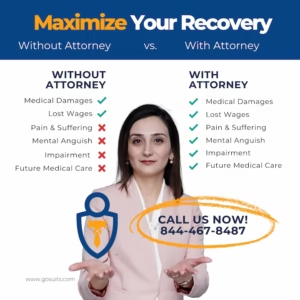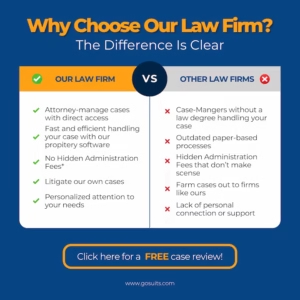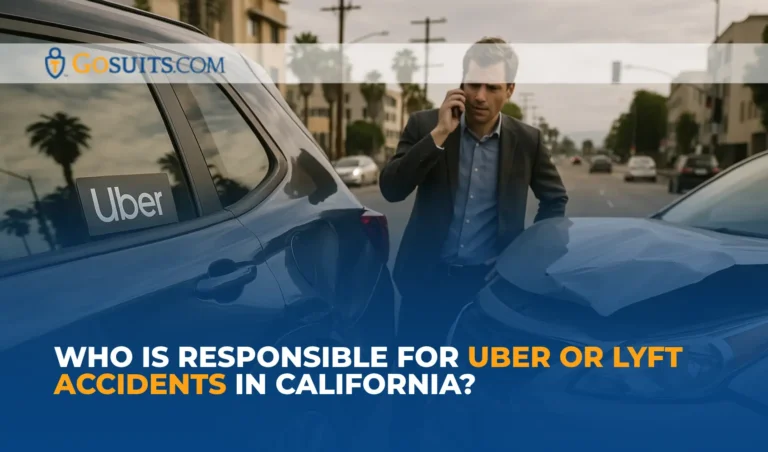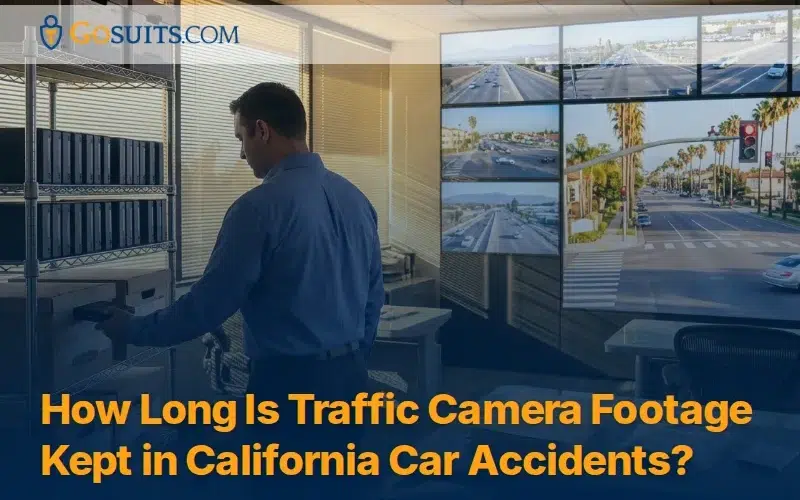Rideshare services like Uber and Lyft have become deeply integrated into daily transportation across California. Whether in busy cities like Los Angeles or quieter suburbs, these vehicles are a constant presence on the road. While the convenience of rideshare platforms is undeniable, accidents involving Uber or Lyft often raise difficult questions about liability. If you have been injured in a crash involving a rideshare vehicle, determining who is responsible can be far more complex than in typical car accident cases.
Understanding how responsibility is assigned in these situations requires a closer look at how rideshare companies operate, how California law treats their drivers, and how insurance coverage is structured under different circumstances.
The Legal Framework for Rideshare Services in California
California classifies companies like Uber and Lyft as Transportation Network Companies (TNCs). This designation comes with specific regulatory obligations, including requirements related to insurance coverage, background checks, and driver conduct. Importantly, most rideshare drivers operate as independent contractors rather than employees. That distinction affects whether and how a company might be held responsible for a crash.
The legal landscape surrounding driver classification has evolved. California Assembly Bill 5 (AB5) aimed to reclassify many gig economy workers as employees. In response, Proposition 22 created a framework allowing drivers to remain independent contractors while still receiving certain benefits. These changes impact how responsibility may be assessed in the event of a crash, particularly when questions arise about company accountability.
When the Rideshare Driver Is at Fault
Like any motorist, Uber and Lyft drivers have a duty to operate their vehicles safely and follow the rules of the road. If a driver causes an accident due to distraction, fatigue, speeding, or other forms of negligence, they may be considered legally responsible for resulting injuries. Under California’s comparative fault system, responsibility can be shared among multiple parties depending on the circumstances of the crash.
In cases involving rideshare drivers, a key question is whether the driver was actively using the app at the time of the accident. The answer affects whether the driver’s personal auto insurance applies or whether the coverage provided by the rideshare company becomes relevant. Gathering information about the driver’s status, location, and use of the platform is often an essential step in analyzing potential liability.
Liability Coverage Provided by Uber and Lyft
Both Uber and Lyft maintain insurance coverage that applies in specific scenarios, depending on the driver’s activity at the time of the crash. These scenarios fall into three main periods:
- First, when the app is off and the driver is not available for rides, only the driver’s personal auto insurance typically applies. The rideshare company’s insurance does not cover the driver during this time.
- Second, when the app is on and the driver is waiting for a ride request, a limited liability policy provided by Uber or Lyft may apply. This period provides reduced coverage compared to when the driver is engaged in a ride.
- Third, when the driver has accepted a ride and is either en route to pick up a passenger or actively transporting one, the company’s $1 million liability policy is in effect. This is the highest level of coverage offered by the platform.
However, access to this coverage may be subject to conditions. There may be disputes over whether the driver was properly logged in, whether the app was functioning, or whether the driver was engaged in a trip at the moment of impact. These factors can influence which policy applies and how compensation may be pursued.
When Another Driver Causes the Crash
In some cases, the rideshare driver is not the one at fault. If another motorist causes the accident, responsibility for damages may fall on that driver. These situations can involve rear-end collisions, illegal turns, or other violations that lead to a crash. Like any other traffic accident, liability in these cases depends on the specific facts and evidence surrounding the event.
When multiple vehicles are involved, it is not unusual for fault to be disputed or shared. California’s comparative negligence rules allow for damages to be distributed proportionally based on each party’s degree of fault. This means a rideshare passenger or another motorist may still have a valid claim even if multiple drivers share responsibility for the collision.

Passengers, Pedestrians, and Other Third Parties
The position of the injured party plays a major role in determining how a claim proceeds. Passengers using Uber or Lyft typically fall under the coverage provided by the rideshare company’s insurance if an accident occurs during an active ride. This includes both single-vehicle crashes and collisions involving other cars.
Pedestrians and bicyclists may also be injured in incidents involving rideshare vehicles. If the rideshare driver is found to be at fault and was actively using the app at the time, then coverage through the platform may be relevant. When another vehicle causes the crash, the analysis shifts accordingly. These cases often require careful documentation of timing, location, and app activity to determine which policies apply.
Motorists hit by a rideshare vehicle also face similar questions. Whether the rideshare driver was available for rides or actively engaged in one can affect what insurance coverage may be relevant and how claims are handled.
Some insurance policies available through rideshare companies include uninsured and underinsured motorist (UM/UIM) coverage. This type of coverage can be important when the responsible party does not have adequate insurance or leaves the scene. Understanding when this coverage applies depends heavily on the circumstances of the crash and the policy terms in place at the time.
Insurance Challenges Unique to Rideshare Accidents
Rideshare-related accidents often involve multiple layers of insurance coverage. There may be a personal policy in place for the driver, a commercial policy provided by Uber or Lyft, and a third-party policy held by another motorist involved in the crash. Disputes can arise over which policy should respond, the order in which coverage applies, and the amount available under each policy.
In some situations, insurers may dispute whether the rideshare driver was officially logged in or question whether the accident falls under the company’s liability coverage. These issues can delay claims or create conflicts between multiple insurers, making it harder for injured parties to access the support they need. Sorting out the relevant coverage and identifying the responsible parties often requires an in-depth review of app records, trip logs, and other forms of evidence.
Additionally, the coordination of claims involving overlapping coverage may present further complications. For instance, multiple insurance companies may disagree over which one bears primary responsibility. Because of these factors, rideshare accidents tend to be more complex than other vehicle collisions.
Legal Considerations in Rideshare Accidents
The legal issues involved in rideshare accidents often go beyond standard motor vehicle collisions. They include questions about worker classification, insurance compliance, and how technology platforms function in real-time. In California, the legal classification of drivers has shifted in recent years, affecting not only wages and benefits but also liability and access to coverage when accidents occur.
California’s statute of limitations for personal injury claims generally allows two years from the date of the injury to bring a legal claim. Missing this deadline may limit the ability to recover damages. This timeframe applies regardless of the type of vehicle involved or who the responsible party may be. Because rideshare claims can involve extended delays due to coverage disputes or ongoing investigations, being mindful of this legal deadline remains important.
California’s comparative fault rule is another key concept to understand. It means:
- If more than one person contributes to an accident, responsibility is divided among them based on their share of fault.
- If an injured party is found partially responsible, their recovery may be reduced in proportion to their level of fault.
- This applies to everyone involved, including pedestrians, drivers, passengers, and cyclists.
Because these determinations can significantly impact outcomes, clear evidence and legal understanding often play a central role in how responsibility is ultimately assigned.

Untangling Rideshare Liability Takes More Than Guesswork
Uber and Lyft accidents can present a confusing mix of legal definitions, shifting driver statuses, and overlapping insurance policies. Whether you were a passenger, another motorist, or a pedestrian, determining who is legally and financially responsible often hinges on details that are not immediately visible, like app activity, insurance tiers, or how fault is shared under California’s comparative negligence rules. These are not questions that can be answered with a simple form or a single phone call.
At Gosuits, we approach rideshare accident cases with precision and persistence. Our personal injury attorneys know how to dissect app logs, investigate platform coverage conditions, and hold the appropriate parties accountable. Unlike firms that rely on generic strategies or pass clients to case managers, we provide personal attention and strategic direction, tailored to the evolving nature of transportation law in California. From sorting out liability to dealing with coverage disputes, we know how to move your case forward.
If you were hurt in an Uber or Lyft accident, now is the time to get clarity. Contact Gosuits to schedule a no-cost, no-obligation consultation. We will evaluate your situation thoroughly and provide straightforward answers so you can focus on recovery while we handle the complexity.






